Gordon Liu (
Taipei Times: How did Quentin Tarantino talk to you into making the movies?
Liu: When I was told about Quentin's interest in working with me, I told his producer "tell him that I don't know him." When we met in Shanghai, I wore a Chinese suit in order to be formal. I did not expect him to appear in a Chinese suit also! And the first word he greeted me with was shi-fu! (
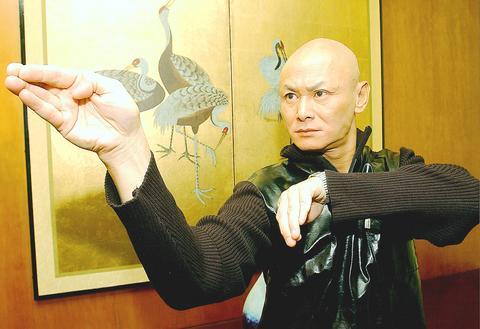
PHOTO: TAIPEI TIMES
TT: Why are there two roles? Was it yours or Tarantino's idea to have Pai Mei fondling his beard a lot?
Liu: Originally, my role was just Johnny Mo and Quentin wanted to play Pai Mei himself because he is so obsessed with such a vintage character. But when he was in make-up and asked my opinion, I told him, "You look like a Santa Claus, not a martial-arts master." He didn't play the role, instead he did Pai Mei's voice for the US and European version of the movie. It was my idea to make the comic gesture of Pai Mei stroking his beard. It was a different character compared with Johnny Mo. Being Mo the emphasis was on the actions and your expression had to be fierce. But Pai Mei is a role with more humor, he is a softer character (though he is strict with Uma Thurman's character), so the gesture was natural for me.
TT: What was it like to act in the fighting scenes with Uma Thurman?
Liu: If I were her, I would not have taken the two movies. She was punched a lot and slammed against the ground so many times in the movie. During the shooting, in Beijing, she had just given birth to a baby. For me, I've practiced martial arts for decades. But she was trained only for a few months and flew all the way to Beijing to shoot the fighting scenes. Actually, in the beginning, she only fought me in the air, maybe out of respect, until I said to her "Come on, hit me!" After that she had a killer's eyes when she fought with me.
TT: Was that real kung fu in the movie? The Eagle Foot style (
Liu: Of course. The scene when Thurman and I are practicing kung fu together in a cartoon format was the real Tiger-Crane style. It is one of the most famous kung fu styles of my martial arts clan, the Hung Gar style kung fu (洪拳). Quentin is such a fan of the Tiger-Crane style and he wanted me to display it once again on the big screen. As for the Eagle-Feet style, this was a style that contrasted well with the Tiger-Crane style. Actually both these two styles do not belong to Shaolin, or the legendary Pai Mei in history books. Quentin just did mix-and-match for the fun of it.
TT: Being a martial artist, a stuntman and an action actor for decades, how different is real kung fu from what we see in the movies?
Liu: For me, in a movie, you need not just the real kung fu to make believe, but you also have to be able to deliver the plot through the actions. That is the hard part. For a movie you have to express physical beauty in the fighting choreography, and also in your facial expressions. You have to fit in with the atmosphere and take on the personality of a role in relation to an opponent. I remember the most difficult scene in Kill Bill was a fight with Uma Thurman standing on the verge of a banister. I have to make several spins in attacking, while at the same time making my gestures beautiful and convey a killer's spirit toward Thurman. At the same time I had to be careful not to fall from the two-story building!
TT: How did it feel to work in a Hollywood movie?
Liu: It was luxurious, very comfortable. The division of labor is very clear and well-organized. You take enough breaks after a working day. It was much less hectic than in Hong Kong. I'm very honored, as a Chinese actor, to have played a role in both movies and I have to be thankful to Quentin, who has brought my clan's martial arts to the world.
TT: Have you been practicing kung-fu regularly, outside of the movies?
Liu: Yes, every day. I practice kung fu for my health. I can do without making movies but not without kung fu.
TT: What is your next project?
Liu: I am doing a martial-arts TV drama, about my great grand master Wong Fei-hong (黃飛鴻), and another period drama after that. Both will be shot in China.
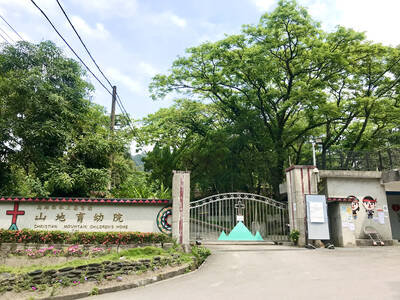
May 18 to May 24 Pastor Yang Hsu’s (楊煦) congregation was shocked upon seeing the land he chose to build his orphanage. It was surrounded by mountains on three sides, and the only way to access it was to cross a river by foot. The soil was poor due to runoff, and large rocks strewn across the plot prevented much from growing. In addition, there was no running water or electricity. But it was all Yang could afford. He and his Indigenous Atayal wife Lin Feng-ying (林鳳英) had already been caring for 24 orphans in their home, and they were in
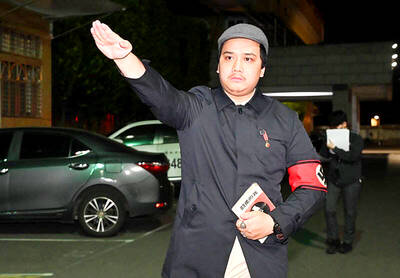
On May 2, Chinese Nationalist Party (KMT) Chairman Eric Chu (朱立倫), at a meeting in support of Taipei city councilors at party headquarters, compared President William Lai (賴清德) to Hitler. Chu claimed that unlike any other democracy worldwide in history, no other leader was rooting out opposing parties like Lai and the Democratic Progressive Party (DPP). That his statements are wildly inaccurate was not the point. It was a rallying cry, not a history lesson. This was intentional to provoke the international diplomatic community into a response, which was promptly provided. Both the German and Israeli offices issued statements on Facebook
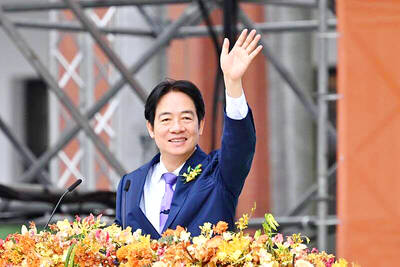
President William Lai (賴清德) yesterday delivered an address marking the first anniversary of his presidency. In the speech, Lai affirmed Taiwan’s global role in technology, trade and security. He announced economic and national security initiatives, and emphasized democratic values and cross-party cooperation. The following is the full text of his speech: Yesterday, outside of Beida Elementary School in New Taipei City’s Sanxia District (三峽), there was a major traffic accident that, sadly, claimed several lives and resulted in multiple injuries. The Executive Yuan immediately formed a task force, and last night I personally visited the victims in hospital. Central government agencies and the
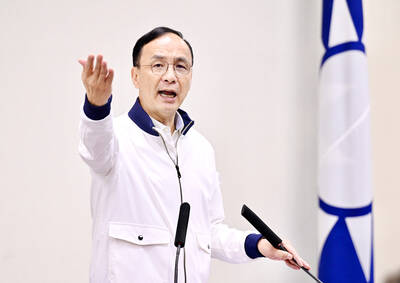
Australia’s ABC last week published a piece on the recall campaign. The article emphasized the divisions in Taiwanese society and blamed the recall for worsening them. It quotes a supporter of the Taiwan People’s Party (TPP) as saying “I’m 43 years old, born and raised here, and I’ve never seen the country this divided in my entire life.” Apparently, as an adult, she slept through the post-election violence in 2000 and 2004 by the Chinese Nationalist Party (KMT), the veiled coup threats by the military when Chen Shui-bian (陳水扁) became president, the 2006 Red Shirt protests against him ginned up by